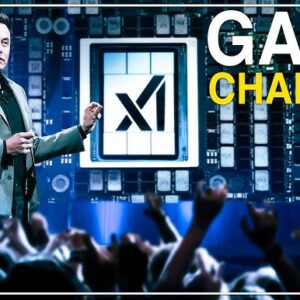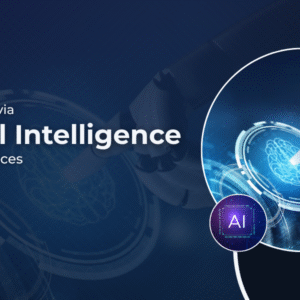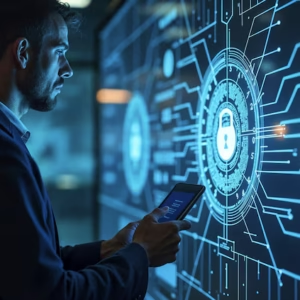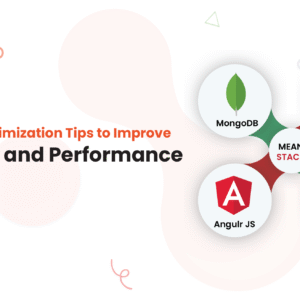As the demand for sustainable energy in Pakistan continues to rise, solar power is rapidly becoming the most reliable and cost-effective solution for both urban and rural communities. With sunlight available throughout the year, Pakistan is ideally suited for solar energy systems. However, before making the investment, it’s essential to understand the components of a solar power system and how each part contributes to the system’s performance and reliability.
In this detailed guide, we’ll explore the key components that make up a solar energy system in Pakistan, their functions, and how to choose the right ones for your specific energy needs.
☀️ 1. Solar Panels – Capturing the Sun’s Energy
Solar panels are the most crucial part of any solar energy system. These panels consist of photovoltaic (PV) cells that convert sunlight into direct current (DC) electricity. In Pakistan, where sunlight is abundant throughout the year, choosing the right type of panel can significantly affect energy output.
There are two primary types of panels widely used:
-
Monocrystalline Panels: Known for their high efficiency and sleek design, monocrystalline panels work well in areas with limited rooftop space. They produce more power per square meter and perform better in high temperatures—making them ideal for Pakistan’s harsh summers.
-
Polycrystalline Panels: These are more budget-friendly and slightly less efficient but suitable for installations where space isn’t a constraint. They are commonly used in rural areas or on farms where larger areas are available for setup.
Both types should ideally be Tier-1 rated, ensuring reliability, durability, and warranty support for 20–25 years.
⚡ 2. Solar Inverter – Converting DC to Usable AC Power
While panels generate DC electricity, most home appliances and commercial equipment require AC (alternating current). That’s where inverters come in—they convert the DC electricity from your panels into usable AC power.
There are three main types of inverters to consider:
-
String Inverters: The most common type used in residential settings. All panels connect to one inverter. It’s cost-effective but can reduce overall efficiency if one panel underperforms.
-
Microinverters: Installed individually on each panel, these inverters maximize power output and ensure consistent energy production even if one or more panels are shaded.
-
Hybrid Inverters: These combine the functions of a traditional inverter and a battery inverter. They allow connection to both the grid and battery systems—ideal for Pakistan where frequent load-shedding makes battery backup important.
Inverter quality plays a critical role in energy efficiency, so always choose trusted brands with a proven track record in the local climate.
🔋 3. Battery Storage – Power When the Grid Fails
Adding a battery to your solar setup is not mandatory but highly recommended in Pakistan due to frequent power outages. Batteries store excess energy generated during the day for use at night or during blackouts, ensuring 24/7 power availability.
Types of solar batteries include:
-
Lead-Acid Batteries: These are cost-effective and have been used for decades. However, they require regular maintenance and have a shorter lifespan compared to newer technologies.
-
Lithium-Ion Batteries: Though more expensive, lithium batteries are compact, maintenance-free, longer-lasting, and far more efficient. They’re increasingly being adopted in urban areas for residential and commercial setups.
A properly sized battery system can significantly enhance energy independence and reduce dependence on expensive grid electricity.
🏗️ 4. Mounting Structure – The Foundation of Stability
The solar mounting structure is what holds the panels securely in place. It must be designed to endure harsh weather conditions, including intense heat, dust storms, and monsoons.
Key features of a quality mounting system:
-
Made from rust-proof materials like galvanized steel or anodized aluminum
-
Tilted at the correct angle (typically 25–35° in Pakistan) to capture maximum sunlight year-round
-
Able to support ground-mount or rooftop installations depending on space availability
Proper alignment and a strong foundation can increase panel efficiency and reduce maintenance costs over time.
🧠 5. Charge Controller – Protecting Your Battery System
If your system includes a battery, a solar charge controller is essential. It regulates the voltage and current flowing from the panels to the battery, preventing overcharging and deep discharging.
There are two main types of charge controllers:
-
PWM (Pulse Width Modulation): Cost-effective but less efficient, suitable for smaller systems.
-
MPPT (Maximum Power Point Tracking): More efficient and ideal for larger systems. It adjusts the input voltage to extract maximum power from the panels.
Using a high-quality charge controller ensures better battery health and extended lifespan.
📶 6. Monitoring System – Stay Informed, Stay Efficient
Modern solar systems often come equipped with digital monitoring systems that allow you to track performance in real-time. These systems help users:
-
Monitor solar generation
-
Detect underperforming panels or faults
-
Track battery levels and energy usage
-
Adjust consumption patterns based on output
Monitoring systems are typically app-based and compatible with mobile devices, giving users more control and transparency.
🔌 7. Wiring, Breakers & Safety Devices – Ensuring Safe Operation
The wiring and safety components of a solar system are just as important as the panels themselves. High-quality copper wiring, appropriate circuit breakers, surge protectors, and grounding systems are crucial to ensure:
-
System safety
-
Fire hazard prevention
-
Long-term durability
-
Protection from lightning and short circuits
Professional installation is key—avoid cutting corners on electrical components, as they can affect both performance and safety.
🔗 Ready to Build Your Solar System?
Whether you’re a homeowner, farmer, or business owner, understanding the components of a solar power system will help you make informed decisions. Soluxia Energy offers complete solar solutions, helping clients choose the right setup tailored to their energy needs, budget, and location.
✅ Conclusion
Investing in solar is not just about buying panels—it’s about creating a complete system that works efficiently and safely for years to come. From powerful solar panels and smart inverters to dependable batteries and secure mounting structures, each components of a solar power system plays a crucial role in the success of your system.
By understanding how these parts work together, you’re better prepared to maximize your energy output, lower electricity costs, and contribute to a sustainable future in Pakistan.









